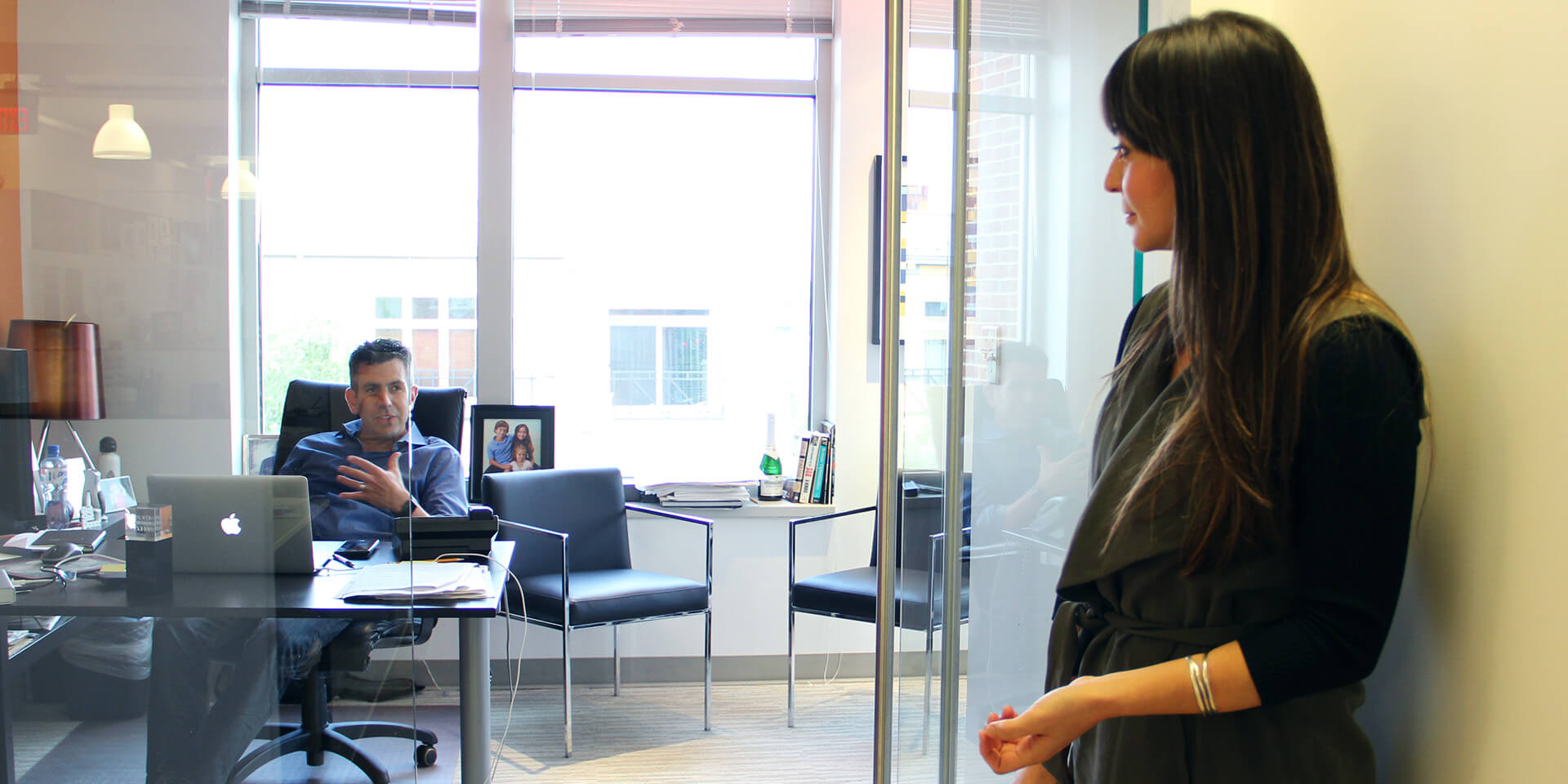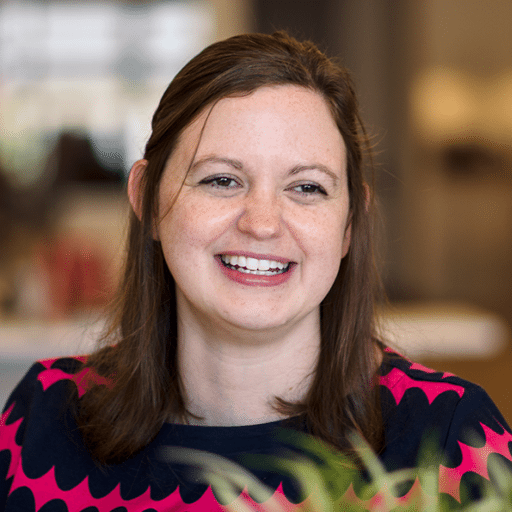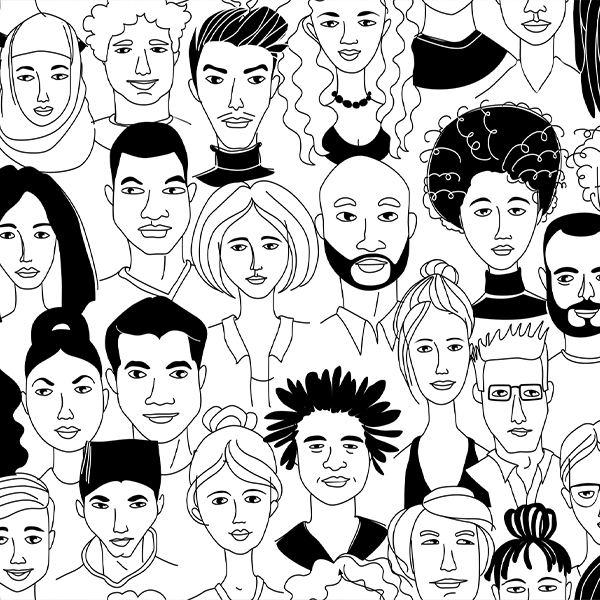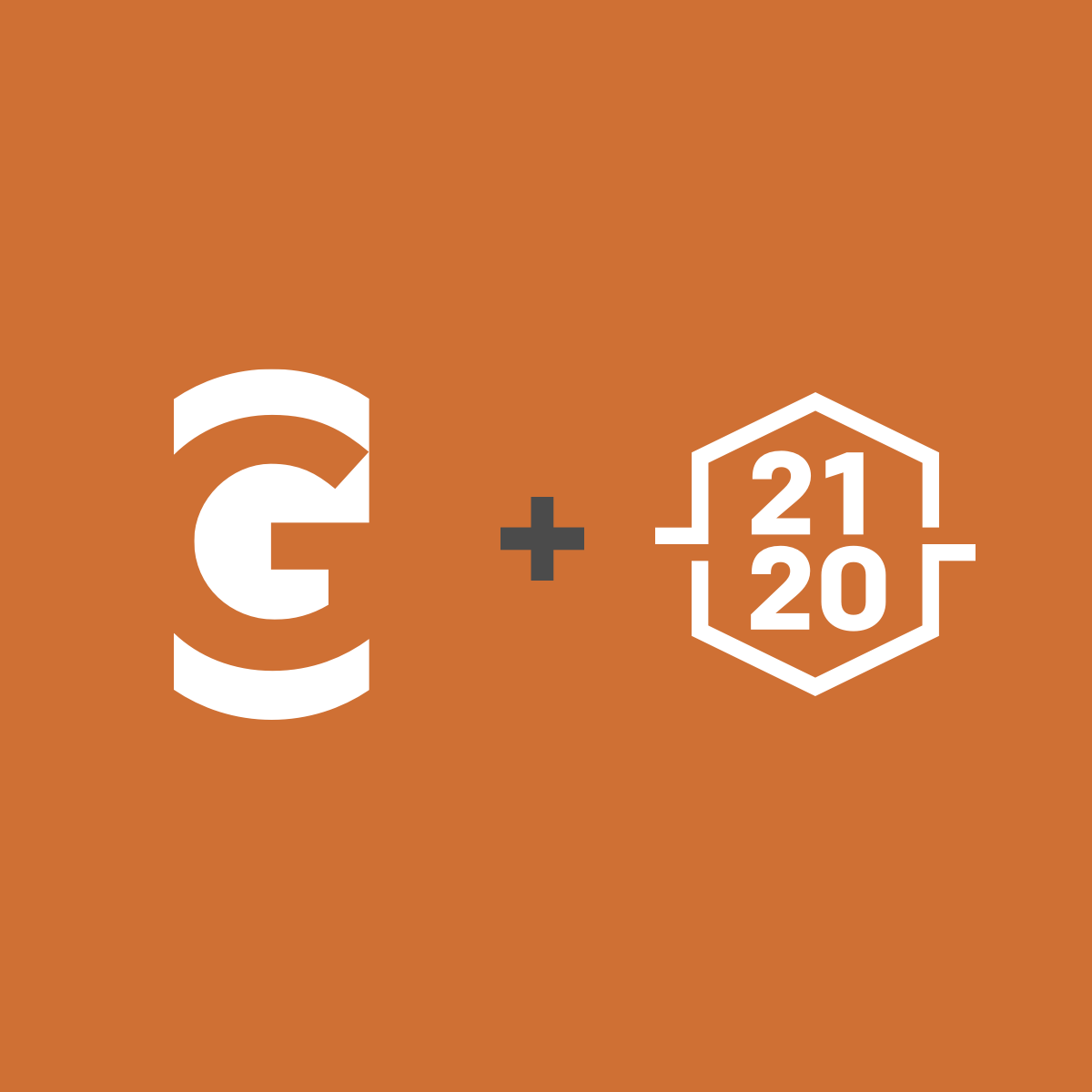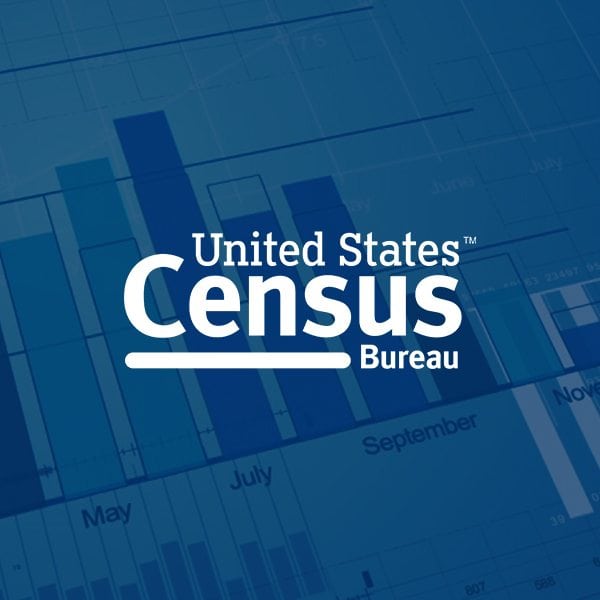Fun fact: the cubicle (or “Action Office System” as it was once known) was not invented to make people feel like soulless drones. In fact, it was Herman Miller’s gift to the 1960s office worker, enabling greater privacy and freedom of movement. Before the cubicle, offices consisted of large, open spaces with standard desks that made no accommodations for peoples’ varying heights and shapes. These three-walled adjustable marvels gave the office worker significantly more control over his work environment—which results in a greater degree of what psychologists now call “functional comfort”.
The idea of “functional comfort” —that an employee’s comfort impacts productivity, and that each individual perceives factors like temperature and privacy differently depending on the task performed—is relatively novel in modern workplace design. Studies clearly show that flexibility is a major factor in maintaining productivity, suggesting office workers prefer private enclosed workspaces for individual tasks, but may be more effective at completing teamwork tasks in an open space.
Google has famously shaped its future corporate utopia around this idea of continuously flexible workspaces, with a modular city that can be endlessly reconfigured for changing needs. Google’s vision has even softened the distinction between interior and exterior space, with trees planted throughout the workspaces and a biome-like shell that allows for uninterrupted views of the outside. This blending of physical spaces is not unlike the blur Google has spurred between our physical lives and online lives through technology and accessibility.
As I write this blog, I relax on a couch in one of our enclosed work rooms, listening to jazz guitar. These introspective conditions are far more conducive to my current task than sitting at my regular desk in the open work space with all of its distractions. The workplace revolution is ultimately about control over one’s environment, whether that means working outside the office, or making the office a place where employees choose to spend time, where they feel most inspired, and ultimately erasing the mental creative boundaries between work and life.
